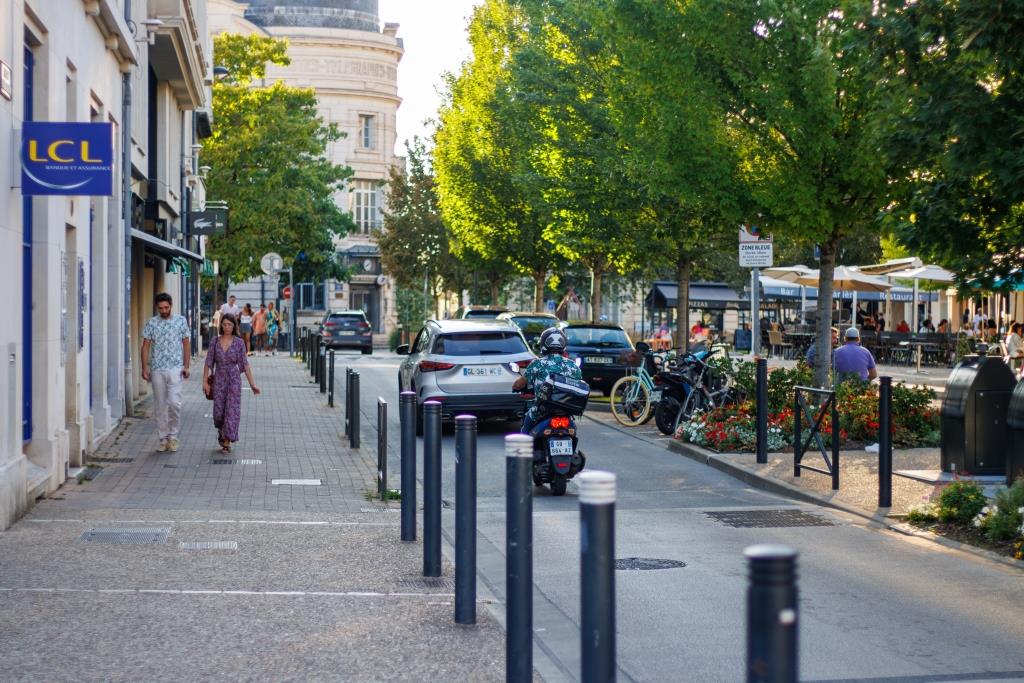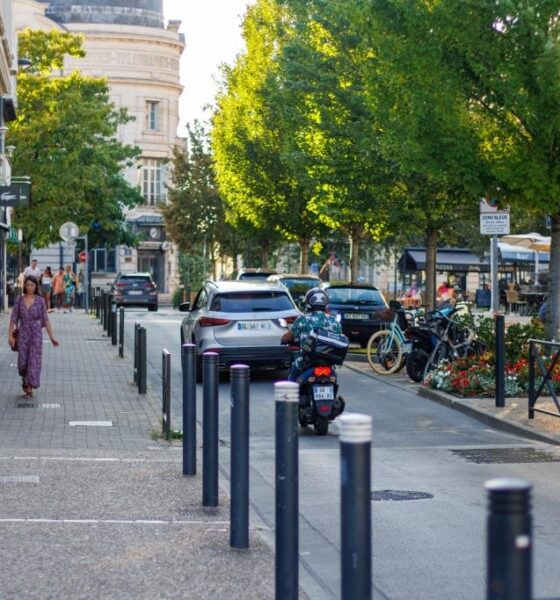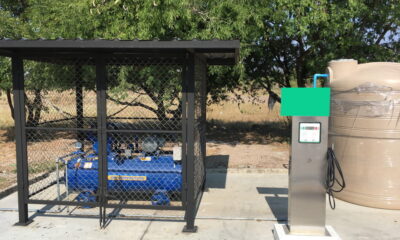

Environment
How Bad is Rush Hour Traffic for the Environment?
Every day, millions of people become part of the morning or evening rush hour traffic. Not only does driving and sitting in rush hour traffic cause delays and frustrations. It also negatively impacts the environment, from escalating air pollution to increased noise pollution.
But exactly how bad is rush hour traffic for the environment? Let’s find out.
Rush Hour Traffic Increases Air Pollution and Greenhouse Gas Emissions
Rush hour traffic is a significant cause of air pollution. Huge numbers of vehicles are idle or move slowly in congested conditions. That leads to an increase in harmful emissions like carbon monoxide and nitrogen oxide.
Moreover, traffic jams lead to excessive fuel consumption and higher carbon dioxide emissions. For example, a car stuck in traffic burns more fuel than one traveling at a steady speed.
Carbon dioxide constitutes the majority of greenhouse gasses that are produced by road transport. It results mainly from burning fossil fuels for energy.
Greenhouse gas emissions from vehicles contribute significantly to global warming. Cars, trucks, and buses release millions of tons of these harmful gasses into the atmosphere every year.
So, it should already be clear just how much rush hour traffic can have a detrimental impact on our environment.
Rush Hour Traffic Increases Noise Pollution and Disrupts Wildlife
Rush hour traffic increases noise pollution too. The blaring horns and whirring engines during rush hour raise noise levels dramatically, causing potential harm to both people and wildlife.
It can disrupt the natural behavior of animals, thus causing further environmental problems. Increased noise levels can interfere with navigation, foraging, or communication in various animal species living close to urban areas.
Consistent exposure to such chaotic sounds may lead animals away from vital habitats, skew natural predator-prey dynamics, and impair reproductive success rates.
Rush Hour Traffic Causes Ecosystem Imbalance
The ecological balance also faces a threat from traffic pollution. Exhaust fumes emitted by vehicles harm not only air quality but soil and water as well.
Acid rain created by airborne pollutants can alter the pH level of soils and bodies of water, leading to harmful effects on local flora and fauna. This disruption can cause drastic changes in specific ecosystems – all stemming from morning or evening gridlocks on our roads.
Rush Hour Traffic Causes the Urban Heat Island Effect
Lastly, ongoing rush hour traffic contributes to the urban heat island effect. Paved surfaces and concentrated emissions from tailpipes absorb, generate, and re-radiate heat. In turn, that raises city temperatures.
Heightened urban heat is not only uncomfortable for city dwellers but also creates additional energy demands, such as cooling homes and businesses, and intensifies local weather patterns, which can lead to heavier thunderstorms or worsened drought conditions.
Route Planning Apps Can Help to Reduce the Environmental Impact of Rush Hour Traffic
As the world moves away from fossil fuels and embraces new technologies like electric vehicles, the environmental impact of rush hour traffic can be reduced.
However, despite government initiatives, things are still moving slowly – nearly as slowly as rush hour traffic! Non-environmentally friendly vehicles continue to do damage to the environment.
You can avoid rush hour and reduce your vehicle’s environmental impact by using route planning apps, though.
Route planning apps can significantly help reduce environmental impact by providing the most efficient path to your destination. These apps reduce time spent on the road and thus decrease fuel consumption. Fewer miles driven means fewer pollutants emitted into the atmosphere.
Additionally, many apps now provide real-time traffic updates, which allows drivers to bypass areas of heavy congestion. This ability further reduces emissions by alleviating unnecessary idling in stop-and-go traffic.
They also sometimes feature eco-route options, which specifically select routes that consume less fuel. A smoother route with fewer stops and starts will be better for the environment.
Ultimately, route planning apps offer an accessible tool to help us decrease our personal contribution to vehicular pollution while enhancing journey efficiency.
Here are 18 route planner apps reviewed in depth, so you can find the best route planning app for your needs.
The Takeaway
The collective environmental impact of rush hour traffic presents a compelling case for reconsidering our commuting habits and seeking more sustainable alternatives.
After all, as we have seen, it can negatively affect air quality, contribute to climate change, disrupt wildlife, cause ecosystem imbalance, and create the urban heat island effect.




















